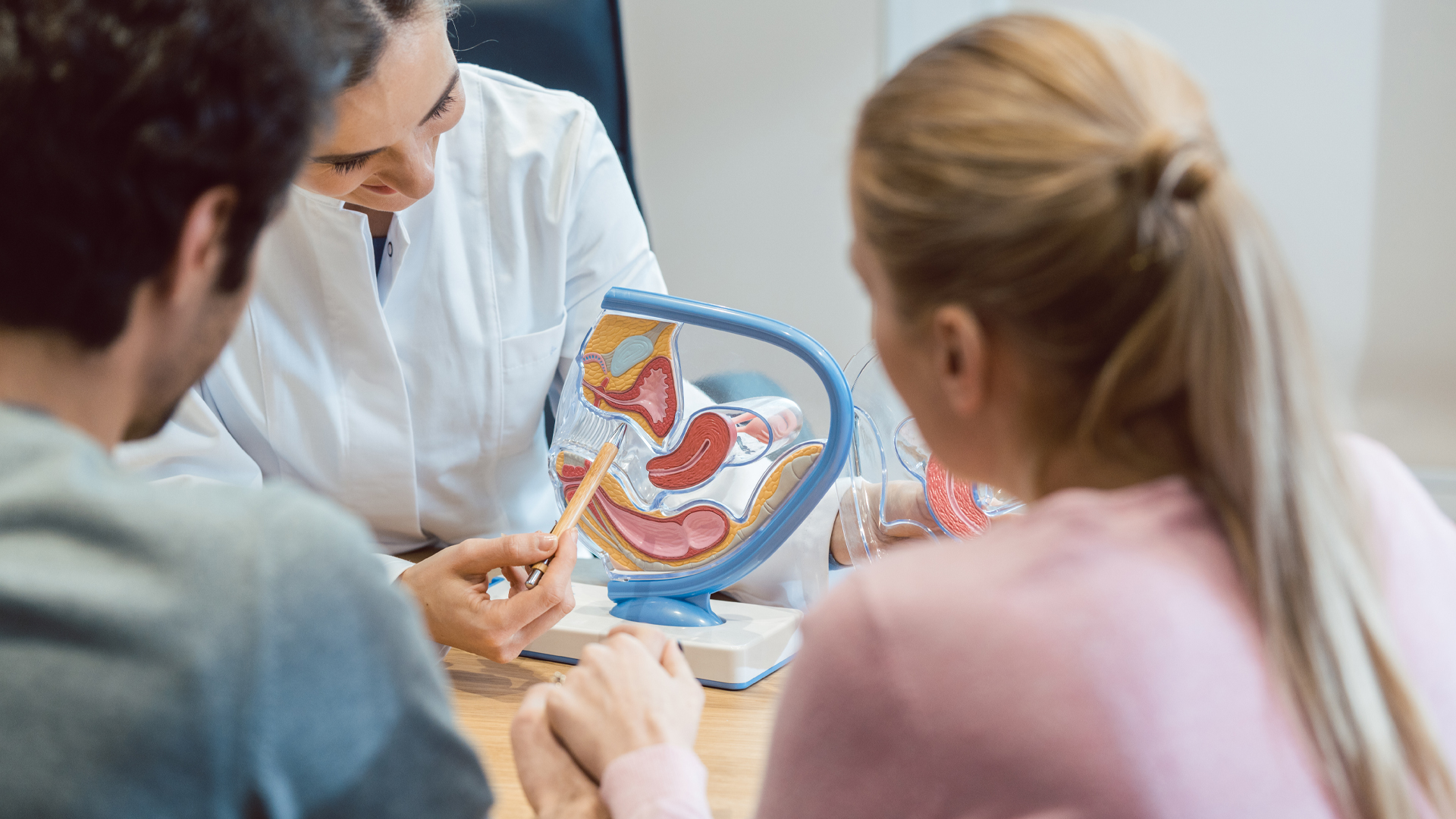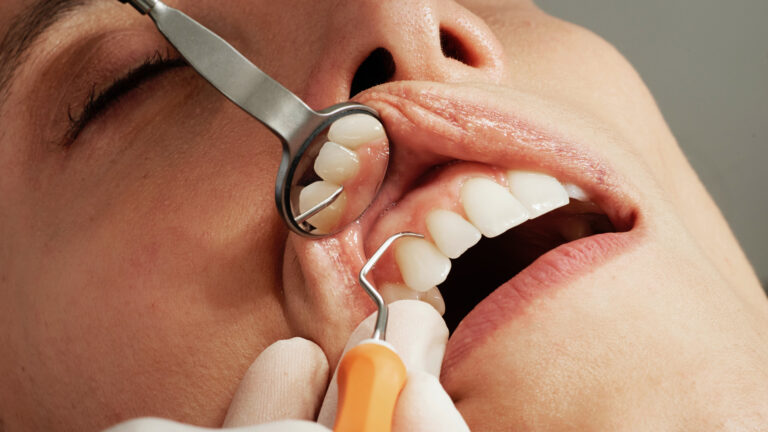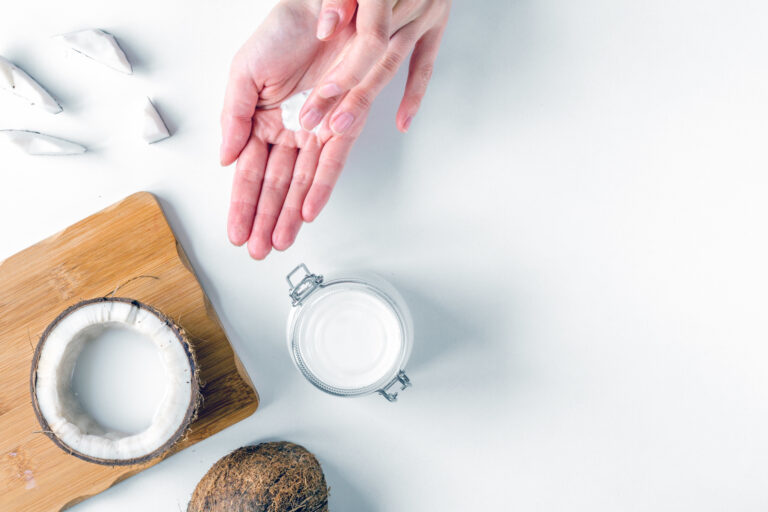An estimated 12% of women recently reported having difficulty conceiving. One in 8 couples were found to encounter hurdles in starting a family, and nearly 33% of Americans have resorted to fertility treatments. This clearly points to the fact that female fertility is a growing concern in the United States.
Infertility can make the journey to parenthood a particularly tough challenge. Adding to this complexity, all too often, the struggle is kept quiet. For many, it is an awkward and unwelcome conversation. But a larger question remains, “At what age does a woman stop being fertile?”
There isn’t one right answer to this. Every woman is different. Reasons for reproductive issues can vary. Age, diet, physical, emotional, and environmental stressors are a few factors that govern fertility after 30. Among these, age-related infertility is probably the most researched.
Across the board, it is well-known that women younger than 35 years of age have higher chances of conceiving and holding a healthy pregnancy, and the odds of a successful pregnancy stack up against those trying to conceive at a later age.
So, what can a couple do in the face of such distress? A better question to help with this infertility discussion is, “Why is a woman’s age such a key player in the infertility game?” Emerging research has shown evidence for the role of NAD+ in female age-related infertility. This article explores why NAD+ may have the potential to become a game-changer in the world of female infertility. Let’s jump in.
Ovarian Function and Aging
The peak fertility age for women is supposed to be under age 30. A healthy ovarian follicle is one that supports maturation and fertilization. It eventually contributes to healthy embryonic development. A decline in female egg count by age has been shown to be the rate-limiting factor for fertility.
This age-dependent, limited ovarian follicle reserve contributes to the infamous ticking biological clock. With age, ovaries push fewer eggs out into the reproductive cycle. Furthermore, these ovarian follicles tend to be of poorer quality. The remaining reserve follicles have a hard time getting fertilized. Even if fertilized, chances they will not support a healthy pregnancy are pretty high.
Free radicals or reactive oxygen species (ROS) from both intrinsic (toxic metabolic byproducts) and extrinsic toxins (heavy metals, processed food, etc.) make their way into the body and damage cellular homeostasis. This carefully orchestrated balance is vital for our continued state of health and wellbeing. These free radicals bombard and disrupt cellular pathways.
Sirtuins (silent information regulator 2 (Sir2) proteins), NAD+ dependent enzymes with deacetylase and/or mono-ADP-ribosyltransferase activity, are emerging as key antiaging molecules and regulators in many diseases. Recently, a crucial role for SIRT1 and SIRT3, the main components of sirtuin family, as sensors and guardians of the redox state in oocytes, granulosa cells, and early embryos has emerged.
Tatone C, Di Emidio G, Vitti M, et al. Sirtuin Functions in Female Fertility: Possible Role in Oxidative Stress and Aging. Oxid Med Cell Longev. 2015;2015:659687. doi:10.1155/2015/659687
Luckily for us, there are several inherent elimination pathways to rid the system of these damaging ROS molecules. As we age, the gradual accumulation of oxidative stress from these free radicals wreak havoc and damage cellular metabolism. These robust elimination pathways weaken with age, which forms the basis of a multitude of disease states.
Free radicals cause DNA damage and chromosomal abnormalities within ovaries. Unfortunately, these ovaries do not have the ability to regenerate and multiply in number unlike other cells in our body, and ultimately their limited pool is depleted. This, over time, marks the onset of infertility.
NAD+ and Female Age-Related Infertility
NAD+ is an essential enzyme that is central to mitochondrial function and ATP generation. Without NAD+, ATP generation does not occur. So it is safe to say that we cannot live without this enzyme. Interestingly, mitochondrial DNA was found to be susceptible to attack by free radicals. And studies have shown that our pool of cellular NAD+, much like ovarian follicles depletes with age.
Boosting mitochondrial health then is an important way of putting the brakes on the aging process and all of its ill effects. Unsurprisingly, NAD+ supplementation in animal studies was found to contribute to anti-aging. In the context of female fertility after age 30, NAD+ was found to be an important factor that contributed to the success of in vitro fertilization (IVF). In recent animal studies, regulating NAD+ pathways proved beneficial in reversing altering ovulation rate. This in turn helped improve ovarian function.
Additionally, SIRT1, an NAD+ cellular precursor molecule has been closely linked to aging. In a 2015 study by a research group in Italy, SIRT1 deficient animals were found to be infertile. SIRT1 and NAD+ are therefore both critical to ovarian function and fertility. Scientists from Australia and Harvard demonstrated that NAD+ supplementation can be used as an effective and non-invasive strategy to restore and maintain female fertility during aging.
Why Nadovim May Improve Female Fertility After 30
It is clear from the research stated above that NAD+ supplements can be used to improve the age-dependent diminishing pool of ovarian follicles.
Hormone therapy and IVF have gained extreme popularity owing to increasing infertility issues in women. Despite a steady increase in demand for these assisted reproduction technologies, their limited success rate and health risks cannot be ignored.
Unfortunately, strategies to rejuvenate the quantity or quality of this diminishing ovarian reserve currently do not exist. A non-invasive pharmacological solution to maintain and restore the quality of ovarian follicles in aging women is clearly the need of the hour. Furthermore, it increases the chances of conception with minimal medical intervention. This may be a lucrative option for those looking to conceive without medical help.
Based on recent research discussed in this article, we at Innovative Medicine believe that NAD+ supplements have the potential to alleviate the decline in fertility by age in women. Nadovim, Innovative Medicine’s very own supplement provides your body with the necessary power to replenish cellular metabolism and reverse aging. Try two capsules of Nadovim every day to experience the potential anti-aging effects, one of which could be reduced onset of female age-related infertility. Order your daily dose of graceful aging at Nadovim.com.
* Disclaimer: The statements made in this article have not been evaluated by the Food and Drug Administration. Any products or treatments mentioned are not intended to diagnose, treat, cure, or prevent any disease. Please consult a licensed medical practitioner for medical advice. At Innovative Medicine, we believe in transparency. We want you to know that we may participate in affiliate advertising programs pertaining to products mentioned herein.





